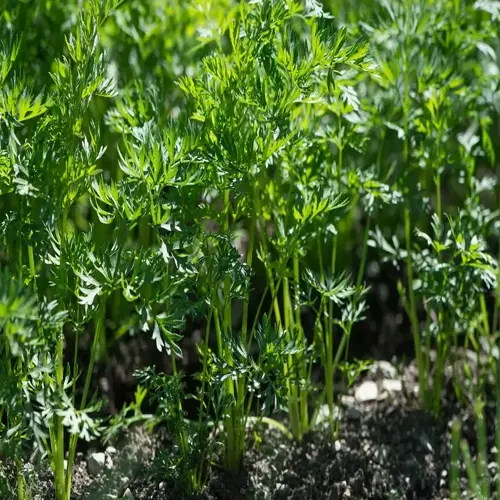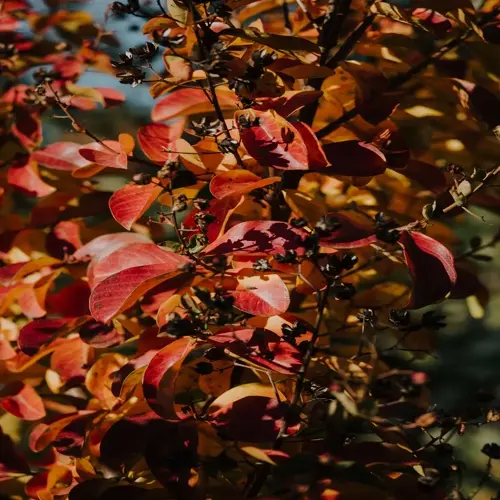How late into fall can perennials be planted?

Written by
Michael Sullivan
Reviewed by
Prof. Samuel Fitzgerald, Ph.D.Finding the latest safe planting window for your fall perennials relies on your USDA zone and local frost dates. This window allows your plant roots to establish before winter dormancy, while still not planting in frozen ground. In zone 7b, I have planted perennials as late as late November with protective measures in place.
Pre-Planting Preparation
- Select plants requiring vernalization like hellebores for best results
- Soak root balls in water for 30 minutes before planting
- Amend soil with compost to boost microbial activity
Post-Planting Protection
- Apply 6-inch straw mulch after planting for insulation
- Install wind barriers using burlap for exposed locations
- Water deeply once weekly until ground freezes solid
Give attention and favor to vernalization-dependent plants like hellebores and peonies if planning to plant late. These types of plants require cold weather to precede blooming in the Spring. Roots grow at chillier temperatures than 40°F. My best planting success was hellebores on November 20 in zone 7.
Pay attention to both soil temperature and air temperature when planting late. Roots grow until the ground reaches 40°F. Use a soil thermometer to ensure the soil temperature is correct. In zones 5-6, you can extend your window by weeks of planting on south-facing slopes. This adds even more time spent in the planting season.
Use aggressive winter protection for late-planted perennials. Apply thick mulch as soon as they plant; do not wait for frost. Use tree guards for rodent protection. Cover with evergreen boughs for extra insulation. These protections make up for shorter establishment times.
In most zones, refrain from sowing frost-sensitive varieties after mid-October. Generally, tropical perennials and Mediterranean herbs do not survive late planting. Instead, try to concentrate on cold-hardy natives that are amenable to your region. These hardy emerging plants can endure the stress of the abbreviated (and possibly interrupted) time for roots to develop.
Change watering during lower evaporation rates. Later plantings take less water less often, but drown their plant roots with deep watering. Water only when the topsoil is drying out, avoiding sogginess. Layer with mulch that retains moisture. This is an effective method for preventing rot while allowing for root growth.
Read the full article: When to Plant Perennials: Expert Guide

